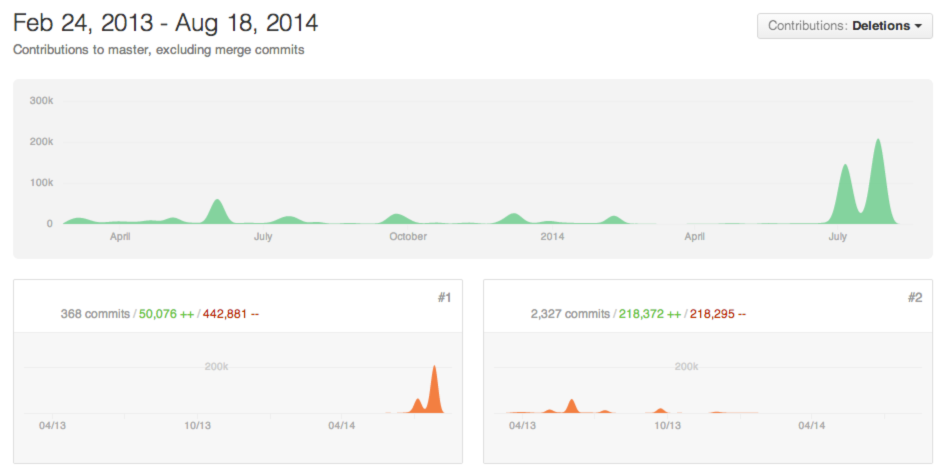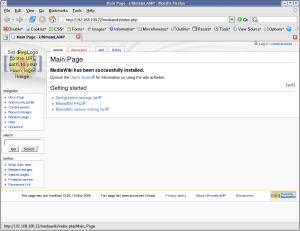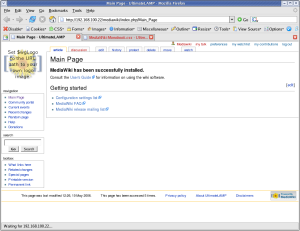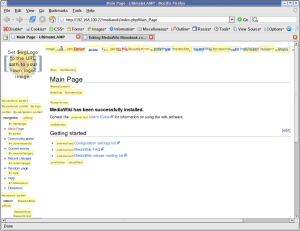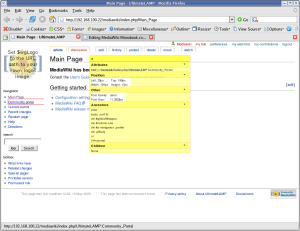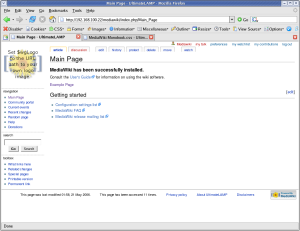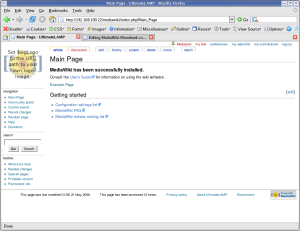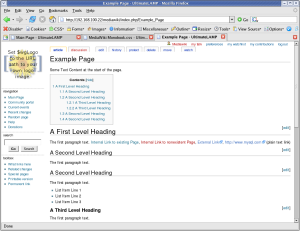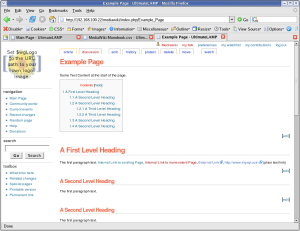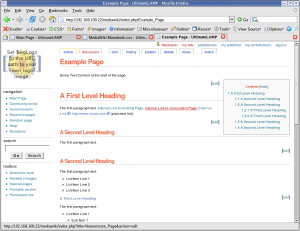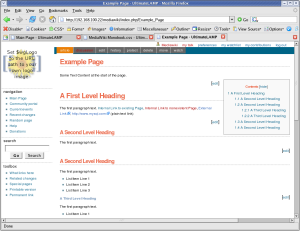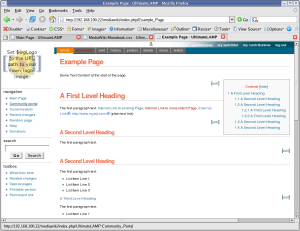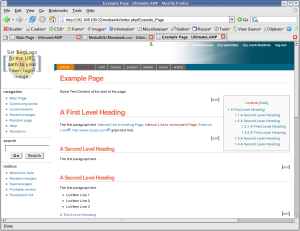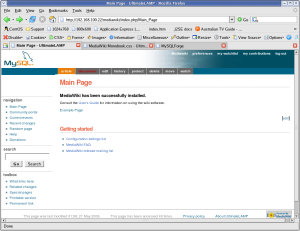The One Billion Row Challenge Shows That Java Can Process a One Billion Rows File in Two Seconds
Well, it’s way under 2 seconds for the 1brc. The published results are in, and if you’re good, you can read 1 billion data points of weather data and analyze it. The final best number, as per the article release, is “00:00.323″. Yes, that answer is in milliseconds “Result (m:s.ms)”. Mind-blowing.
ScyllaDB Summit 2024
Last week, I attended this virtual event. All the presentations can be found online. I had never used the product before, so while some new features like Tablets were not as applicable in understanding the full impact, the DynamoDB performance and cost comparisons were very applicable.
So what is ScyllaDB? It is a distributed NoSQL DBaaS that speaks Cassandra protocol (do large companies still use this?), and it speaks AWS DynamoDB protocol. That is really interesting to me. You can choose a Cloud Hosted offering, or if you’re into managing your setup, you can use the Open Source ScyllaDB version available from GitHub. I started at ScyllaDB University to get a grip on the basics. I have yet to try the local Docker Compose setup.
Thanks also to the team for the swag which I received.
Playing a game with your CI/CD pipeline
My friend Sergey has created a game in GitLab called GitTerra. Drop a few lines into your .gitlab-ci.yml, and each build will give you a generated 3D map of a city based on your commit. I look forward to some of his next steps, leveraging potentially different colors for languages or different building structures for artifacts found in your commit.
We raised 11.6M to build Serverless Postgres for Modern SaaS
Congrats to Gwen and her co-founder for getting seed funding for Nile Serverless Postgres for Modern SaaS. Awesome news for an entrepreneur, and I’m very hopeful for the success of Nile.
The Safest Way to Test Postgres Destructive Queries
While I am a user of ElephantSQL serverless PostgreSQL and Neon, Nile and Xata are just a few that are competing in the space. With multiple other products that also speak PostgreSQL protocol, you can easily trial a small product in an RDBMS in the cloud at no cost. PostgreSQL is definitely outdoing MySQL in this space. You have the extensive set of NoSQL Cloud offerings, SycllaDB I just mentioned, and D1 by CloudFlare I have yet to try this branching feature for your database, sounds interesting and I’ve added to my just as long list of products to try, as books to read. Nit: It’s PostgreSQL, not Postgres.
About “Digital Tech Trek Digest”
I take some time early in the morning to scan my inbox newsletters, the news, LinkedIn, or other sources to read something new covering professional and personal topics of interest. Turning what I read into some actionable notes in a short, committed time window is a summary of what I learned, what I should learn and use, or what is of random interest. And thus my Digital Tech Trek.
Some of my regular sources include TLDR, Forbes Daily, ThoughWorks Podcasts, Daily Dose of Data Science and BoringCashCow. Also Scientific American Technology, Fareed’s Global Briefing, Software Design: Tidy First? by Kent Beck, Last Week in AWS, Micro Newsletter to name a few.
